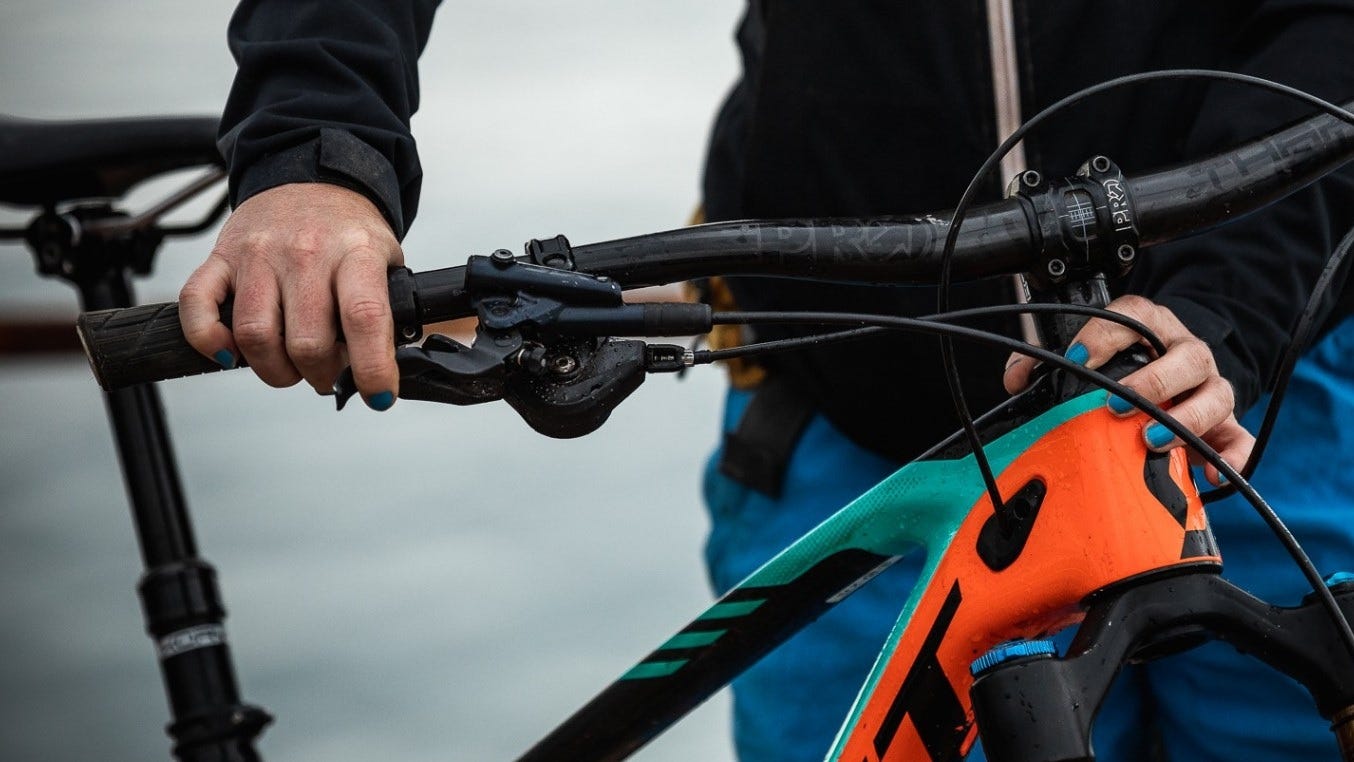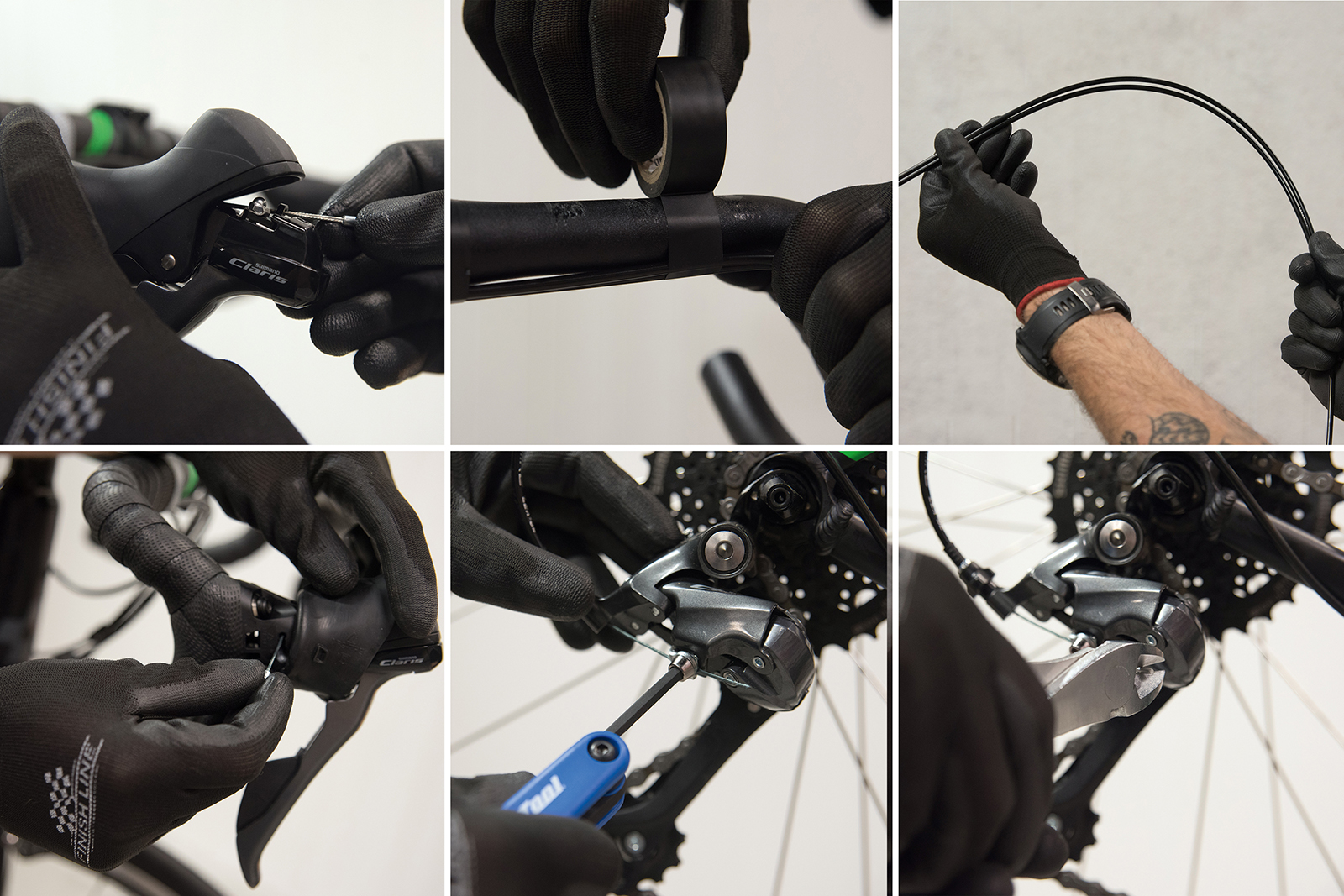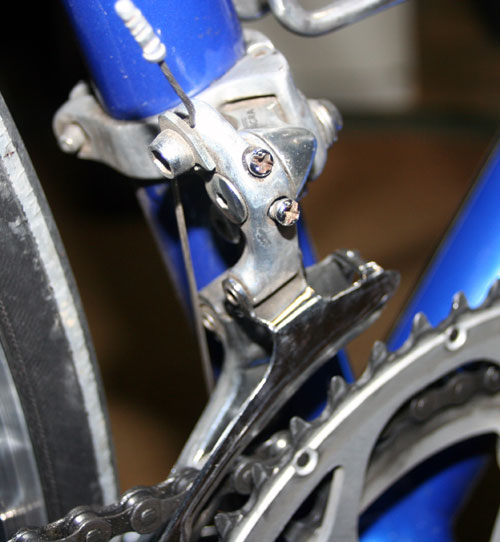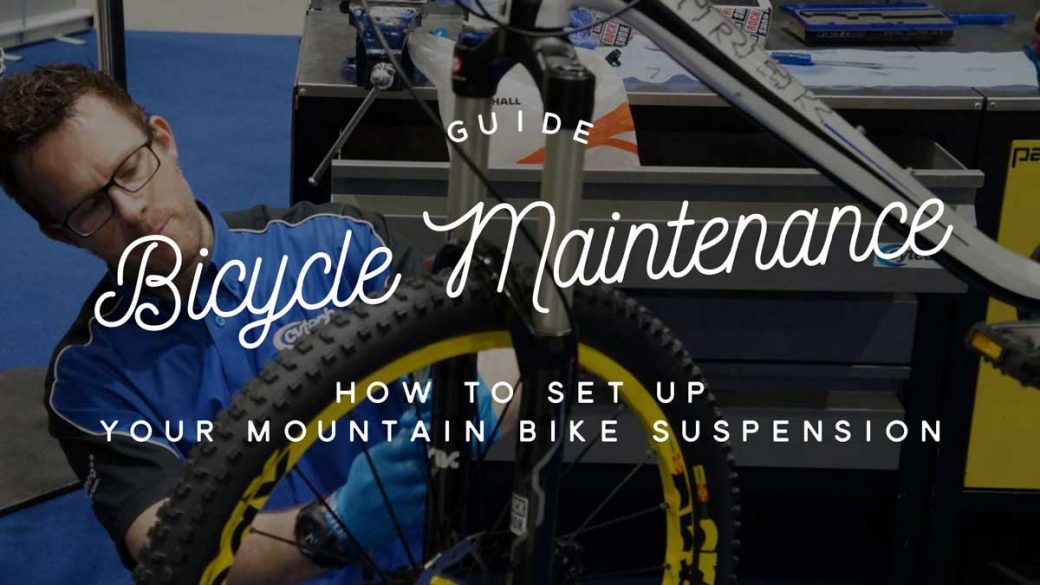The Importance of Regular Bike Maintenance
Regular bike maintenance is crucial for ensuring the longevity and performance of your bicycle. By incorporating a routine maintenance schedule, you can significantly reduce the risk of accidents, improve your bike’s efficiency, and prolong its lifespan. In fact, a well-maintained bike can last for many years, providing countless hours of enjoyable riding. To learn how to maintain a bike effectively, it’s essential to understand the importance of regular checks and maintenance tasks.
One of the primary benefits of regular bike maintenance is improved safety. A bike that is not properly maintained can pose a significant risk to the rider, as faulty brakes, worn-out tires, or loose parts can lead to accidents. By regularly inspecting and maintaining your bike, you can identify potential issues before they become major problems, ensuring a safe and enjoyable riding experience.
In addition to safety, regular bike maintenance can also improve your bike’s efficiency. A well-maintained bike will have properly inflated tires, clean and lubricated chains, and adjusted brakes, all of which contribute to a smoother and more efficient ride. This not only enhances your overall riding experience but also reduces the risk of mechanical failures, which can be costly and time-consuming to repair.
Furthermore, regular bike maintenance can significantly prolong the lifespan of your bike. By regularly cleaning and lubricating moving parts, you can prevent wear and tear, reducing the need for costly repairs or replacements. Additionally, a well-maintained bike will retain its value, making it easier to sell or trade-in if needed.
In conclusion, regular bike maintenance is essential for ensuring the safety, efficiency, and longevity of your bicycle. By incorporating a routine maintenance schedule and learning how to maintain a bike effectively, you can enjoy a safe and enjoyable riding experience, while also prolonging the lifespan of your bike.
Pre-Ride Checks: What to Look for Before Hitting the Road
Before taking your bike out for a ride, it’s essential to perform a series of pre-ride checks to ensure your safety and the bike’s performance. These checks can help identify potential issues before they become major problems, reducing the risk of accidents and mechanical failures. To learn how to maintain a bike effectively, it’s crucial to understand the importance of pre-ride checks.
One of the most critical pre-ride checks is tire pressure. Properly inflated tires can improve your bike’s efficiency, handling, and safety. Check the tire pressure at least once a week, and before long rides, to ensure it’s at the recommended level. You can find the recommended tire pressure on the sidewall of the tire or in your bike’s manual.
Another essential pre-ride check is brake function. Make sure the brakes are functioning correctly by squeezing the brake levers and checking for proper pad alignment. Also, inspect the brake cables for signs of wear and tear, and adjust or replace them as needed.
Chain condition is also a critical aspect of pre-ride checks. Inspect the chain for signs of wear, rust, or damage, and clean and lubricate it regularly. A well-maintained chain can improve your bike’s efficiency and reduce the risk of mechanical failures.
Additionally, check the quick releases and bolts to ensure they are tightened properly. Make sure the seatpost, handlebars, and stem are securely attached, and the pedals are properly tightened.
By performing these pre-ride checks, you can ensure your bike is in good working condition, reducing the risk of accidents and mechanical failures. Remember, regular maintenance is key to keeping your bike in top condition, and learning how to maintain a bike effectively can save you time and money in the long run.
Tire Maintenance 101: How to Keep Your Tires in Top Shape
Tire maintenance is a crucial aspect of bike maintenance, as it directly affects the safety and performance of your ride. Properly maintained tires can improve your bike’s efficiency, handling, and braking performance, while also reducing the risk of accidents. To learn how to maintain a bike effectively, it’s essential to understand the basics of tire maintenance.
Checking tire pressure is one of the most critical tire maintenance tasks. Properly inflated tires can improve your bike’s efficiency, handling, and
Brake Pads and Cables: How to Inspect and Replace Them
Brake pads and cables are critical components of your bike’s braking system, and regular maintenance is essential to ensure optimal performance and safety. To learn how to maintain a bike effectively, it’s crucial to understand the importance of brake pad and cable maintenance.
Inspecting brake pads is a straightforward process. Look for signs of wear, such as thinning or cracking, and check the pad’s thickness. If the pads are worn down to 1/8 inch or less, it’s time to replace them. Make sure to always use high-quality brake pads, such as those from Shimano or SRAM, to ensure optimal performance and safety.
Brake cables also require regular maintenance. Inspect the cables for signs of wear, such as fraying or corrosion, and adjust or replace them as needed. To adjust brake cables, start by loosening the cable anchor bolt and then tightening the cable by turning the barrel adjuster. Make sure to test the brakes after adjusting the cables to ensure proper function.
Replacing brake pads and cables is a relatively simple process, but it does require some technical expertise. If you’re not comfortable with the process, it’s always best to consult a professional bike mechanic. However, if you’re looking to learn how to maintain a bike effectively, replacing brake pads and cables is a great place to start.
When replacing brake pads, make sure to follow the manufacturer’s instructions and use the correct tools. Remove the old pads and clean the brake caliper and rotor. Install the new pads and adjust the brake caliper to ensure proper alignment.
Replacing brake cables is also a relatively simple process. Remove the old cable and clean the cable housing and brake caliper. Install the new cable and adjust the brake caliper to ensure proper alignment.
By following these tips, you can keep your brake pads and cables in top condition, ensuring optimal performance and safety. Remember, regular maintenance is key to keeping your bike in top condition, and learning how to maintain a bike effectively can save you time and money in the long run.
Chain Maintenance: How to Keep Your Chain Clean and Lubricated
Chain maintenance is a crucial aspect of bike maintenance, as a dirty or worn-out chain can lead to poor performance, reduced efficiency, and even safety issues. To learn how to maintain a bike effectively, it’s essential to understand the importance of chain maintenance.
Cleaning the chain is a simple process that can be done with a few basic tools. Start by removing any dirt or debris from the chain using a soft-bristled brush or a chain cleaner. Then, apply a chain lube, such as Squirt or Pedro’s, to the chain and wipe off any excess with a clean rag.
Lubricating the chain is also crucial to keep it running smoothly. Apply a chain lube to the chain and wipe off any excess with a clean rag. Make sure to use a high-quality chain lube that is designed for your specific type of chain.
Replacing a worn-out chain is also a relatively simple process. Start by removing the old chain and cleaning the chainrings and cassette. Then, install the new chain and adjust the derailleurs to ensure proper alignment.
When to replace a chain is a common question among cyclists. A general rule of thumb is to replace the chain every 1,000 to 3,000 miles, depending on the type of chain and riding conditions. However, it’s always best to consult the manufacturer’s instructions for specific guidance.
By following these chain maintenance tips, you can keep your chain clean and lubricated, ensuring optimal performance and safety. Remember, regular maintenance is key to keeping your bike in top condition, and learning how to maintain a bike effectively can save you time and money in the long run.
Derailleur Adjustment: How to Keep Your Gears Shifting Smoothly
Derailleur adjustment is a critical aspect of bike maintenance, as it directly affects the performance and efficiency of your bike’s gears. To learn how to maintain a bike effectively, it’s essential to understand the importance of derailleur adjustment.
The derailleur is a complex component that requires precise adjustment to function properly. The limit screws, which control the derailleur’s movement, must be adjusted to ensure that the chain is properly aligned with the gears. If the limit screws are not adjusted correctly, the chain may rub against the gears or fall off, leading to poor performance and potentially causing damage to the bike.
To adjust the limit screws, start by shifting the chain into the smallest cog on the cassette and the smallest chainring on the crankset. Then, turn the barrel adjuster counterclockwise to loosen the cable tension. Next, turn the limit screws clockwise to adjust the derailleur’s movement. Finally, shift the chain into the largest cog on the cassette and the largest chainring on the crankset to test the adjustment.
Fine-tuning the derailleur is also crucial to ensure optimal performance. To fine-tune the derailleur, start by adjusting the barrel adjuster to adjust the cable tension. Then, use the limit screws to fine-tune the derailleur’s movement. Finally, test the adjustment by shifting the chain through the gears.
By following these derailleur adjustment tips, you can keep your gears shifting smoothly and ensure optimal performance. Remember, regular maintenance is key to keeping your bike in top condition, and learning how to maintain a bike effectively can save you time and money in the long run.
It’s also important to note that derailleur adjustment can be a complex process, and it’s recommended to consult a professional bike mechanic if you’re not comfortable with the process. However, by following these tips and practicing regularly, you can develop the skills and confidence to adjust your derailleur like a pro.
Additional Tips for Long-Term Bike Maintenance
In addition to the regular maintenance tasks mentioned earlier, there are several other tips that can help keep your bike in top condition for the long term. One of the most important is to store your bike properly when not in use. This means keeping it in a dry, secure location, away from direct sunlight and moisture.
Protecting your bike from the elements is also crucial. Use a waterproof cover or bag to keep your bike dry when it’s not in use, and consider using a bike lock to secure it to a fixed object. This will help prevent theft and damage.
Routine cleaning and inspection tasks are also essential for long-term bike maintenance. Regularly clean your bike’s frame, wheels, and other components to prevent dirt and grime from building up. Inspect your bike’s tires, brakes, and chain regularly to identify any potential issues before they become major problems.
Another important tip is to keep your bike’s bolts and screws tightened. Loose bolts and screws can cause damage to your bike’s frame and other components, so make sure to check them regularly and tighten them as needed.
Finally, consider keeping a maintenance log to track your bike’s maintenance history. This can help you stay on top of regular maintenance tasks and identify any potential issues before they become major problems.
By following these additional tips, you can help keep your bike in top condition for the long term. Remember, regular maintenance is key to keeping your bike running smoothly and prolonging its lifespan.
Conclusion: Keep Your Bike in Top Condition with Regular Maintenance
Regular bike maintenance is essential to keep your ride in top condition, ensure your safety, and prolong the lifespan of your bike. By following the tips and guidelines outlined in this article, you can develop a routine maintenance schedule that will help you stay on top of your bike’s needs.
Remember, regular maintenance is key to preventing minor issues from becoming major problems. By staying on top of your bike’s maintenance, you can avoid costly repairs, reduce the risk of accidents, and enjoy a smoother, more efficient ride.
If you’re not comfortable with performing maintenance tasks yourself, consider scheduling a professional bike tune-up or consulting a local bike shop for maintenance advice. Many bike shops offer maintenance packages and services that can help keep your bike in top condition.
By making regular bike maintenance a habit, you can enjoy a safer, more efficient, and more enjoyable ride. So why wait? Start developing your maintenance routine today and keep your bike in top condition for years to come.









